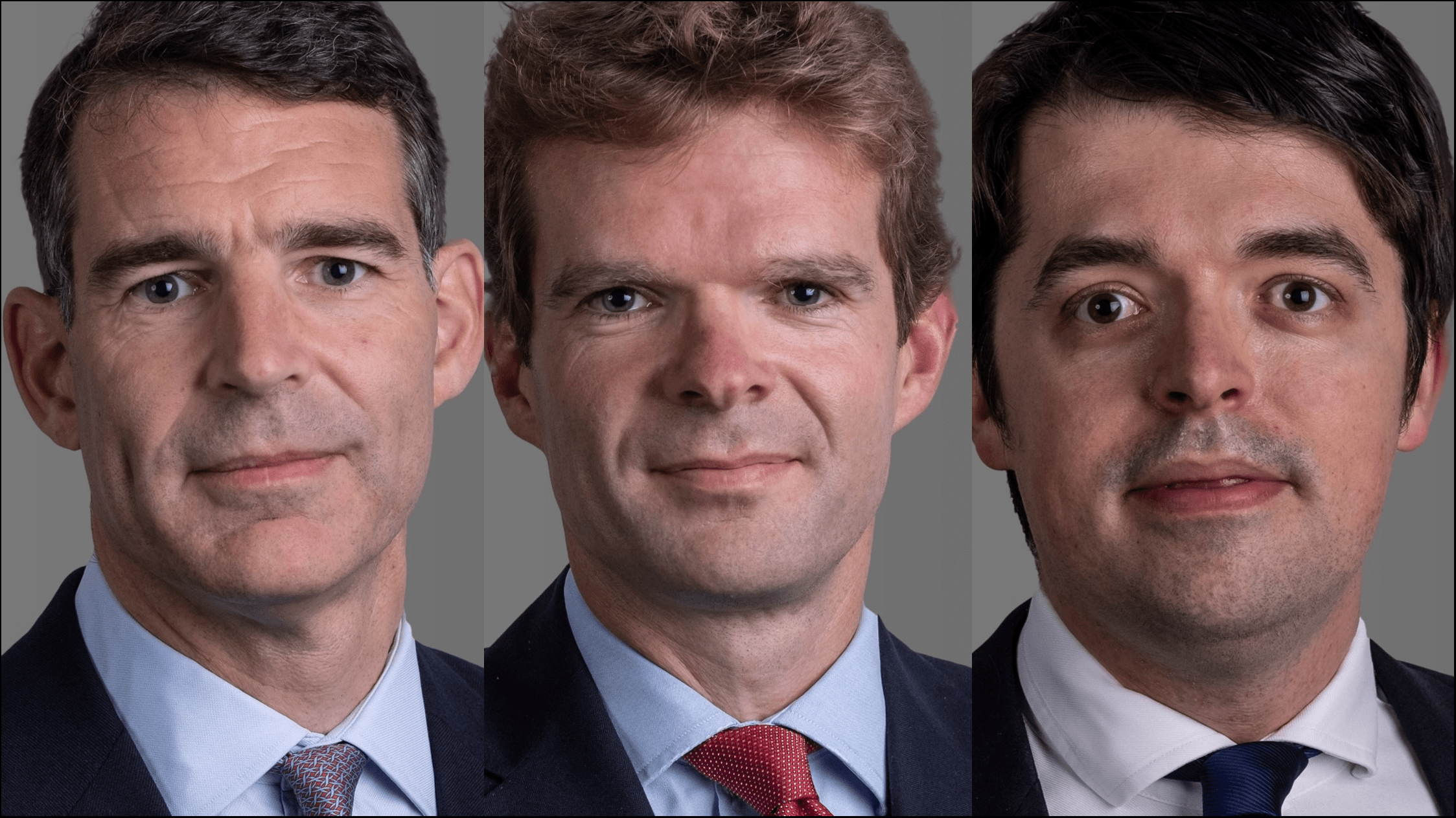
Judgment was handed down today in Philipp v Barclays Bank UK plc [2023] UKSC 25, with Patrick Goodall KC, David Murray and Ian Bergson acting for the successful appellant bank. Barclays succeeded in the landmark appeal to the Supreme Court, which considered whether banks owe a duty to their customers to reimburse them for losses caused by payment scams. A copy of the judgment is available here and a copy of the Supreme Court’s press summary is available here.
The Supreme Court unanimously overturned the decision of the Court of Appeal and held that banks do not owe a duty of care at common law to customers in cases of authorised push payment (or APP) fraud.
The decision looks set to become the leading authority on the duties owed by banks to their customers in respect of fund transfers. It reaffirms that a bank’s basic duty is to honour its customer’s instructions to transfer sums credited to their account. Lord Leggatt, giving the leading judgment (with which Lord Reed, Lord Hodge, Lord Sales and Lord Hamblen agreed), held that the Court of Appeal was wrong to conclude that there was a conflicting duty not to comply with a customer’s payment instruction in an APP fraud context.
The Supreme Court held that the duty recognised by the Court of Appeal was inconsistent with first principles of banking law. It refused to accept the Claimant’s invitation to extend the decision of Steyn J in Barclays Bank plc v Quincecare Ltd [1992] 4 All ER 363, which concerned payment instructions issued by a fraudulent agent of the customer, to a case where the customer had herself unequivocally authorised and instructed the bank to make payment. The Court held that a defining characteristic of the so-called Quincecare duty was that a payment instruction was given to the bank by an authorised signatory who was acting in fraud of the customer.
In recent years, the Quincecare duty has emerged from relative obscurity to assume newfound prominence in banking and finance litigation (having been considered in four Supreme Court or Privy Council decisions in the past four years alone). The Supreme Court’s decision fundamentally recasts the legal basis underpinning the duty. The Supreme Court identified a number of flaws in Steyn J’s reasoning, and held that the decision proceeded on a mistaken assumption that the dishonesty of an agent had no impact on that agent’s authority. Lord Leggatt held that the actual authority conferred on an agent does not include authority to act dishonestly in fraud of the principal. Where a bank in a traditional Quincecare scenario executes a payment instruction on notice that the customer’s agent (who issued the payment instruction) is defrauding the customer, the bank is therefore acting outside the scope of its own authority, and is not entitled to debit the payment to the customer’s account.
In reaching these conclusions, the Supreme Court conducted a detailed analysis of general agency principles, which can be expected to be cited in future cases. This includes addressing the conflict in previous appellate decisions on the limits of apparent or ostensible authority.
In allowing the appeal, the Supreme Court approved the substance of the decision of the first instance judge, HHJ Russen QC, who had granted summary judgment in the bank’s favour. The Court also held that the Claimant’s alternative fallback claim, for the bank allegedly not taking adequate steps to recall funds after the discovery of the fraud, should proceed to trial.
Patrick Goodall KC, David Murray and Ian Bergson were instructed by Clare Stothard and Rupal Nathwani of TLT LLP.
Although he had no involvement in the case itself, the writing of Fountain Court door tenant, Peter Watts KC, is cited and relied upon in the judgment of Lord Leggatt.





